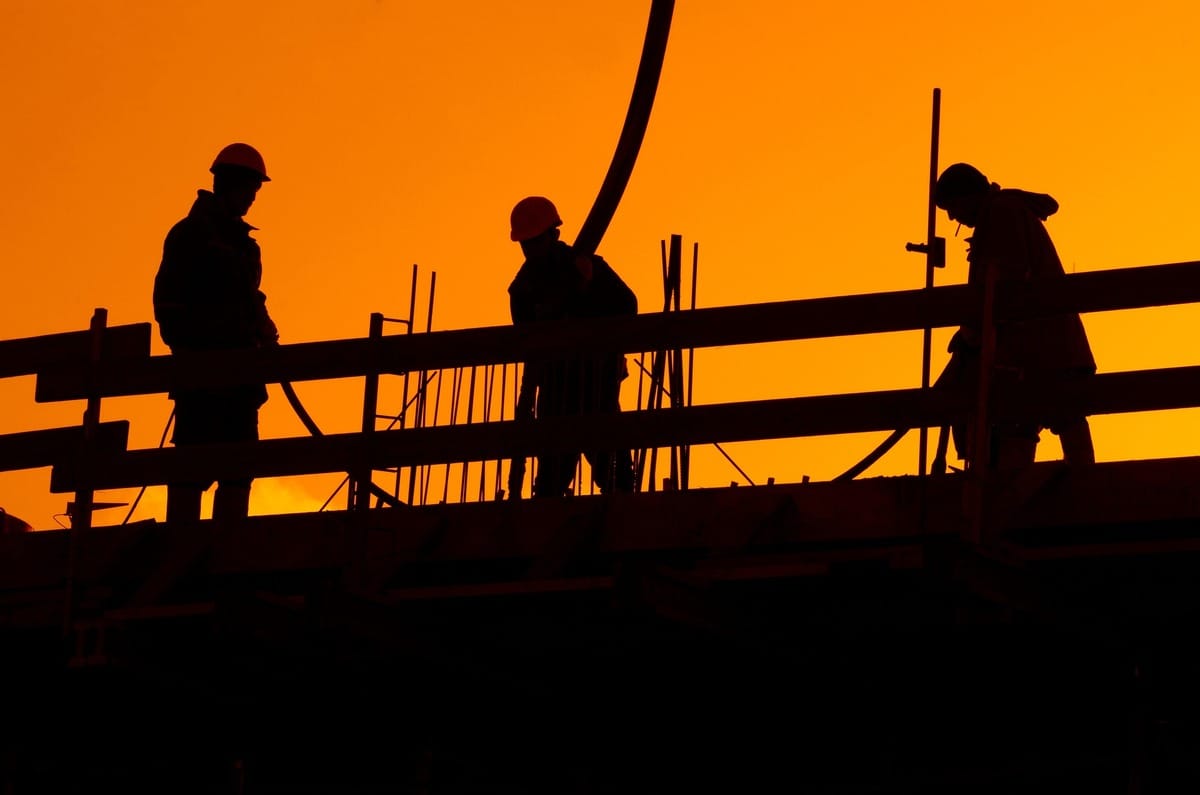- Full Brim Safety
- Posts
- Fall Protection Friday: Struck-By and Elevated Work - Avoiding Collisions at All Levels
Fall Protection Friday: Struck-By and Elevated Work - Avoiding Collisions at All Levels
Full Brim Safety: Build Smart, Build Safe

Fall Protection Friday: Struck-By and Elevated Work - Avoiding Collisions at All Levels
This Weeks Toolbox Talk Attached Below!
Welcome back, let's Build Smart & Build Safe! This week, we've focused on various "struck-by" hazards. Today, on Fall Protection Friday, we're combining two major risks: being struck by an object or equipment while working at height, and the danger of a falling worker becoming a falling object themselves.
Falls are the leading cause of fatalities, and being struck-by is right behind them. When these two hazards combine, the risk escalates dramatically, posing threats to both elevated workers and those on the ground.
1. The Falling Worker as a Falling Object:
Dual Hazard: If a worker falls from height (from a roof, scaffold, or ladder), they not only face the severe injury from their own fall but also become a dangerous falling object to anyone working below.
Prevention: The primary prevention for this is effective fall protection for the elevated worker. A properly used PFAS prevents the fall, thus eliminating the secondary "struck-by" hazard for others.
2. Equipment Striking Elevated Workers or Platforms:
Ground-Level Threat to Height: Heavy equipment (like excavators, forklifts, telehandlers with extended booms) operating at ground level can strike scaffolds, elevated work platforms, or even workers directly, causing devastating impacts and falls.
Overhead Utilities: When operating MEWPs (Mobile Elevated Work Platforms) or scaffolds near power lines, contact with the lines is a severe "struck-by" and electrocution hazard, often leading to a fall.
Prevention:
Clearance Zones: Maintain strict exclusion zones around elevated work areas where ground-level equipment is operating.
Spotters/Lookouts: Use spotters when equipment must operate near elevated workers or structures.
Utility Locating: Always identify and de-energize (or maintain safe distances from) overhead power lines.
3. Maintaining Safe Distances at All Levels:
Horizontal & Vertical Separation: Ensure adequate horizontal clearance from adjacent equipment and vertical clearance from overhead hazards (like power lines or structural elements).
Integrated Planning: Safety planning must consider how work at different elevations interacts and create clear procedures to prevent collisions from above or below.
Understanding how "struck-by" and "fall" hazards intertwine is key to comprehensive safety planning. Protecting yourself and others means being aware of dangers from all directions.
Download Your Toolbox Talk Here!
Don't forget to sign your friends up for Full Brim Safety for your daily dose of construction safety tips!
-The Safety Man

